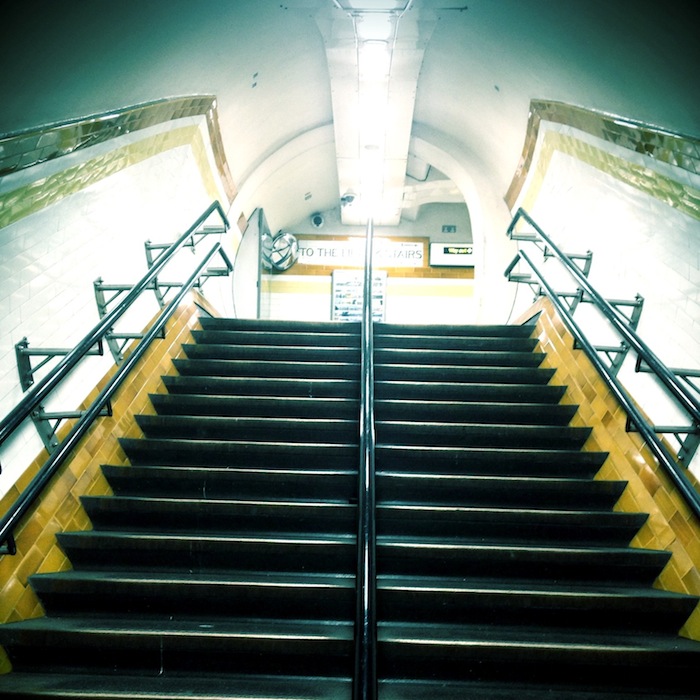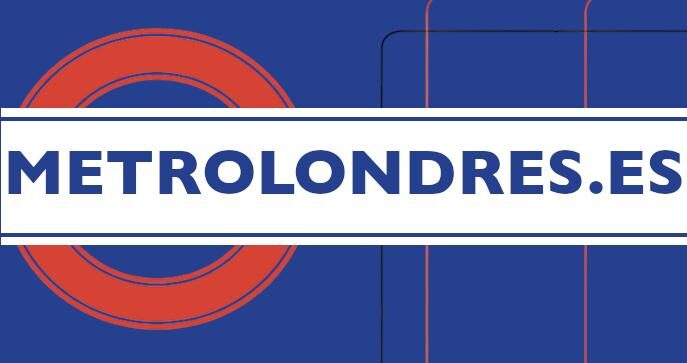In this brief entry, we’ll share a **series of tips for using the London Underground**. Some of these can be considered unwritten rules, while others are mistakes you definitely need to avoid.
While some of these tips are common sense, others come from experience. We will keep updating the list.
In the Underground…
- Grab a map and “study” your route before you take it. Generally, familiarize yourself with the map as it will be your best friend. It doesn’t matter whether it’s a paper map or an app on your smartphone.
- Before boarding the train, check the sign on the front carriage indicating the destination station to see which direction the train is heading.
- It’s an unwritten rule, but always stand on the right side on escalators if you’re going to stay still. The left side is reserved for people who want to walk faster.
- Do not smoke or drink in the Underground. It’s been completely prohibited since 2008. This includes carrying an open bottle.
- Be aware of pickpockets. Keep your bag or wallet close to your body.
- Always wait behind the yellow line.

- Do not leave your luggage unattended. It’s not because it might be stolen, but because of the paranoia caused by the London Underground bombings. It could be interpreted as a terrorist threat.
- No flash photography on any platform. It’s not a whim; it’s to avoid dazzling drivers and causing a tragedy.
- If you want to avoid delays or closed sections, you can check the Online Journey Planner on the London Underground website.
- Buy an Oyster Card to save money and time. But remember to validate it at the entry or exit, especially if you use it with pay as you go, or you might be surprised by paying the maximum fare. They’re faster and cheaper than single tickets and allow free transfers within the same journey.
- If you’re not used to chaos, avoid using the Underground during peak hours. These are typically the hours that coincide with the start and end of the workday from 7 to 9 in the morning and from 5 to 7 in the evening.
- In general, learn the schedules. The Underground operates from Monday to Saturday from 5:00 am to midnight, with reduced hours on Sundays. Some services run all night on Fridays and Saturdays, so check the schedules before your trip.
- Be aware that changing lines often involves walking through numerous, long corridors and can take a lot of time.
- If in doubt, ask Underground staff for assistance.
- Pay attention to the signs. In stations, there are panels and loudspeaker announcements that will keep you informed about lines and stops. Stay alert to avoid getting lost.
- Do not lean on the train doors.
- Knowing the transfer stations will allow you to change lines easily. Transfers are free as long as you stay within the same travel zone. So, plan your transfers!
- If you’re traveling with a wheelchair or a stroller, check in advance which stations are accessible, as not all have elevators.
- Be aware of the fares as they vary depending on the zones you travel through. Most tourist attractions are in zones 1 and 2, so make sure you know the cost of your trip.
- Prepare for the heat. Trains can be hot, especially in summer. Wear light clothing and carry a bottle of water.
- Always let passengers exit the train before you board. This prevents congestion and facilitates the flow of people.
- If you listen to music or watch videos, use headphones to avoid disturbing other passengers.
- Speak quietly to avoid being a nuisance in a crowded and noisy space.
- Respect personal space: in such a crowded space, being mindful of others’ space is essential. Avoid pushing or unnecessary physical contact.
- Be courteous to tourists (even if you are one). If you see tourists looking lost, offer them help. A kind gesture can make a big difference in their experience.
- Avoid standing in front of the train doors or blocking the aisles.
By following these tips and avoiding common mistakes, your experience on the London Underground will be much smoother and more enjoyable.
Can you think of more tips to add to this list? Feel free to help us make this list more comprehensive and useful!
